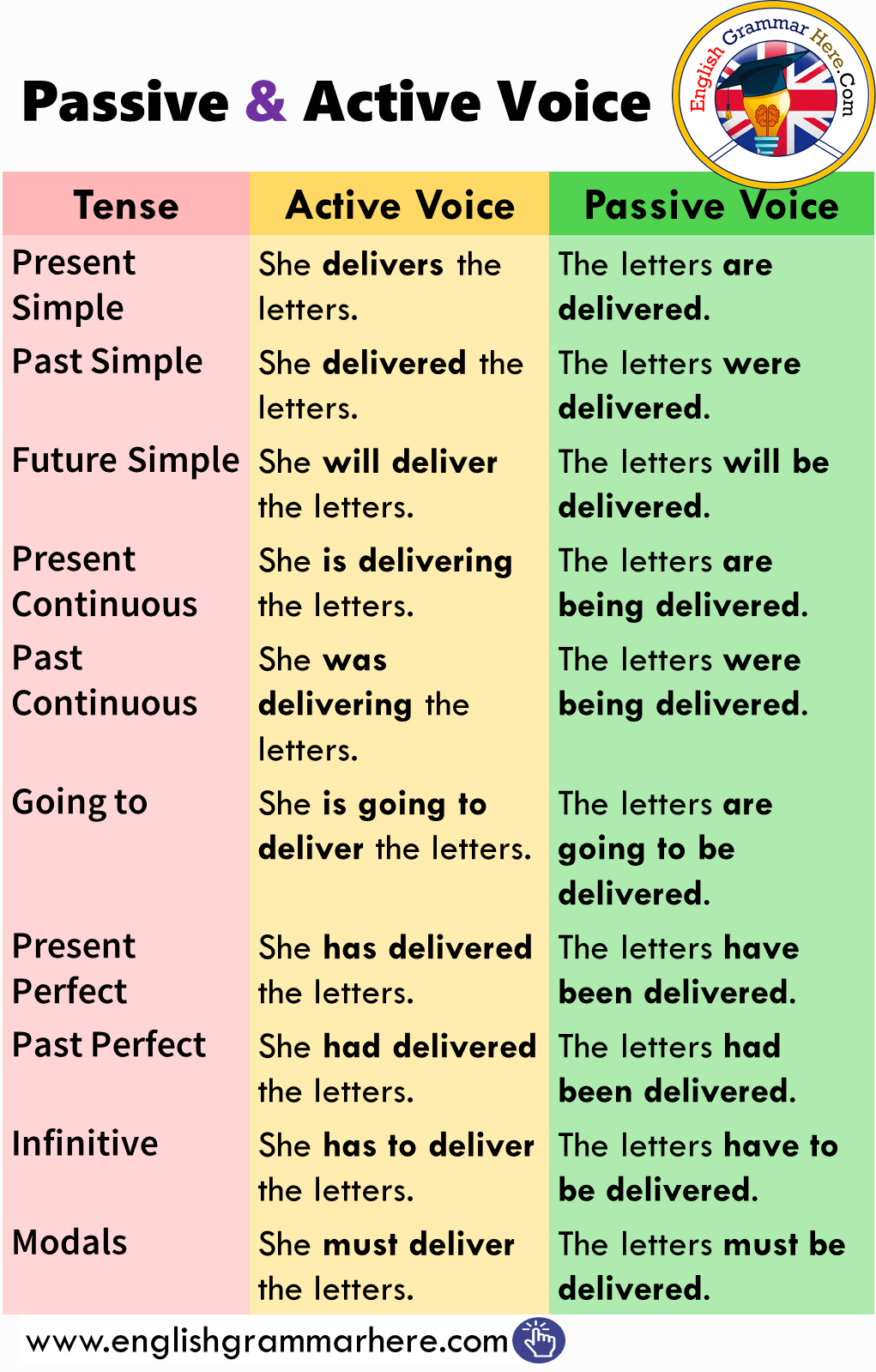Hi!!! Here you have the main contents for next test.
THE CONTINENT OF EUROPE
A
continent is a large area of land usually surrounded by water.
Europe is bordered by the
Arctic Ocean in the north, the
Atlantic Ocean in the west, the
Mediterranean Sea and the
Black Sea in the south and the
Caspian Sea in the southeast.
Europe's
eastern boundary is an imaginary line that runs along the
Ural Mountains in the north, then follows the
Ural river to the
Caspian Sea.
Some countries such as Russia, Turkey and Georgia are s
plit between Europe and Asia. These are called
transcontinental countries.
Istanbul is a transcontinental city.
Europe is made up of the
mainland, as well as
large islands, such as
Ireland and Great Britain, and
archipelagos, such as the
Canary Islands or the Azores.
PHYSICAL GEOGRAPHY
Mountains and plains
Northern Europe is mostly flat, but there are some older, lower mountains, such as the
Massif Central in France, the
Scandinavian Mountains and the
Ural Mountains. The
Great European Plain is a huge expanse of low, generally flat land across central and eastern Europe.
Southern Europe is the most mountainous region. The mountains form a line parallel to the
Mediterranean Sea, and include the
Alps, the Apennines, the Carpathians, the Balkan Mountains and the Caucasus Mountains.
Oceans and Seas
Europe's main oceans and seas are:
- the Atlantic Ocean and the Arctic Ocean
- the Mediterranean, Caspian, Black, North and Baltic Sea.
Lakes
Central Europe has many small lakes, such as Lake Geneva and Lake Constance. Europe's larger lakes are in the north. Lake Ladoga in Russia is the largest lake on the continent.
Rivers
Europe's many rivers flow into five main watersheds:
- Arctic watershed: Rivers here are long with high flow. They usually freeze in winter. Examples: Pechora and Northern Dvina.
- Atlantic watershed: Rivers are short with a high flow of water. Some important rivers: Rhine, Seine and Elbe.
- Mediterranean watershed: Short rivers with irregular flow due to low precipitation in the summer. Examples: Po and Rône.
- Caspian Sea and Black Sea watersheds. These two watersheds have long rivers with a regular flow in Central Europe. Examples: Volga and Danube.
CLIMATE IN EUROPE
Most of Europe is in the temperate climate zone, but there are some differences in the climate:
Alpine climate
Location: The alpine areas in Europe include the Alps, the Caucasus Mountains and the Pyrenees.
Temperatures: Winters are very cold and summers are cool.
Precipitation: There is always snow at the very highest altitudes
Vegetation: Coniferous trees and dwarf shrubs.
Continental climate
Location: It is found in inland Europe.
Temperatures: Cold winters and warm summers.
Precipitation: Low precipitation but rain in summer.
Vegetation:coniferous forests in the north, deciduous forests in the south, farmlands and meadows. Farming has changed the vegetation in the area.
Oceanic climate
Location: Western Europe, near the Atlantic Ocean
Temperatures: Cold winters and mild summers
Precipitation: High precipitation and snow in winter
Vegetation: Deciduous and coniferous forests. Beech and oak, grasslands meadows and arable land
Mediterranean climate
Location: Southern Europe, bordering the Mediterranean Sea.
Temperatures: Summers are hot and winters cool.
Precipitation: low levels
Vegetation: deciduous, coniferous and evergreen trees: holm and pine, shrubs like myrtle, fig and juniper.
Polar climate
Location: Northern Icelan, Finland, Greenland Nowrway and Russia.
Temperatures: Very cold. They can reach -50ºC. Tey are always below 10ºC
Precipitation: Land covered in snow most year
Vegetation: Tundra vegetation in summer: shrubs, lichens and mosses.
